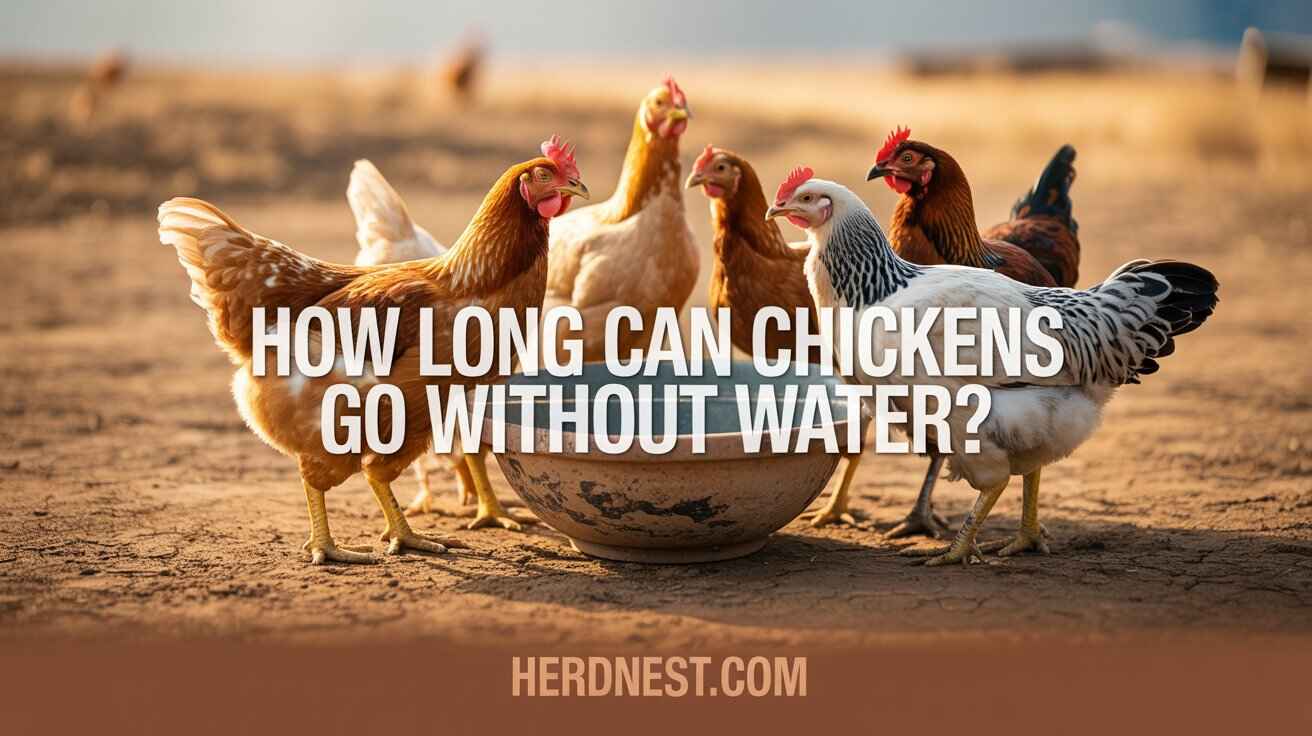Back in the day, I remember watching a chicken flap its wings frantically, attempting a near-vertical lift to land on a fence. It barely made it, but that moment showed me their ability to take small flights, just not in the way most people expect.
Unlike ostriches, which are completely flightless, chickens come from red junglefowl, wild birds from South-East Asia and India that could escape threats by launching into trees. Over time, as they became domesticated birds, selective breeding changed their build, making some modern breeds too heavy to get off the ground for long.
But certain breeds still retain enough strength to flutter up to a low perch or roost. The difference lies in their feathers, muscle structure, and size—elements that shape their entire lifestyle in a way most don’t realize.

Table of Contents
ToggleCan Chickens Fly? Yes, But Not Like Other Birds
Unlike raptors that hunt their prey from the sky, chickens are not built for long flights. Their wings are designed for short bursts of energy, helping them escape predators rather than soar through the air.
I once saw an Orpington flap its wings frantically, trying to clear a fence, but its body weight made it hard to stay airborne for more than a few feet. Cochins and other heavy breeds struggle even more due to their bulk, while smaller chickens like featherweights can achieve a better flighty takeoff.
Some active breeds, like Anconas, can propel themselves over obstacles, reaching distances of up to 301.5 feet—the world record for chicken flight! The highest recorded flight is 92m, proving that even a chicken can defy expectations.
However, most will only manage 5 to 15 feet vertically to reach roosts at night, using their instinctual need for safety. If startled or scared, they will flap furiously, trying to avoid being attacked.
Some may even try to glide across short gaps, but their muscles aren’t strong enough for sustained flight. Their lifestyle as ground nesters and foragers has shaped their breeding, making them more suited to scratching for food rather than flying through the air.

The Evolutionary Perspective: Why Chickens Lost Their Ability to Fly
The jungle fowl, the wild ancestors of modern chickens, once soared through tropical and sub-tropical areas, using their wings to reach trees for safety at night. Unlike today’s domestic birds, these feral creatures depended on flight to escape predators and find food. Their ability to take short distances of flight helped them survive in the wild.
However, selective breeding over time altered the body structure of many breeds, making some too heavy to fly. Chickens like Silkies have soft feathers that lack hooks and barbules, preventing them from catching air properly.
While some flyers still manage short distances, others have diminished flight abilities, relying instead on protective enclosures and predator-proof coops. Without the need for long flights, modern chickens have adapted to a life on the ground, using roosts and developed instincts to stay safe.
The Challenges of Keeping Flying Chickens in Urban and Suburban Areas
Raising chickens in an urban or suburban setting comes with unique challenges, especially when dealing with flighty breeds. Without proper barriers, they can easily escape a designated yard by flying over fences.
A well-covered enclosure can help prevent them from getting out, while a secure coop ensures they remain contained. Some chickens are determined to roost in high places like rafters and windowsills, making it important to discourage them from perching in unwanted areas.
To manage their flight, many owners choose trimming as a solution. Clipping the primary and secondary flight feathers can disrupt lift, but it is not a permanent fix since feathers regrow during the molt.
For heavy breeds, lower perches and safe roosting areas help keep the flock settled. Proper coop training also encourages birds to rest in the right structure rather than unpredictable spots. Keeping an eye on their behavior and making small adjustments to their space ensures a balanced and manageable environment for both the birds and their owners.
Conclusion
Not all chickens are the same when it comes to flight. Their breed and age play a big role in how well they can fly. Young and light chickens often soar high and even travel far, thanks to their wings generating sufficient lift to support their body weight.
On the other hand, heavy breeds with weaker muscles stay grounded since they lack the ability to sustain flight. Some chickens are height-loving, perching high, while others prefer staying with their flock on the ground. No matter their flight skills, these birds bring endless entertainment and enjoyment, making them truly special in any backyard.




